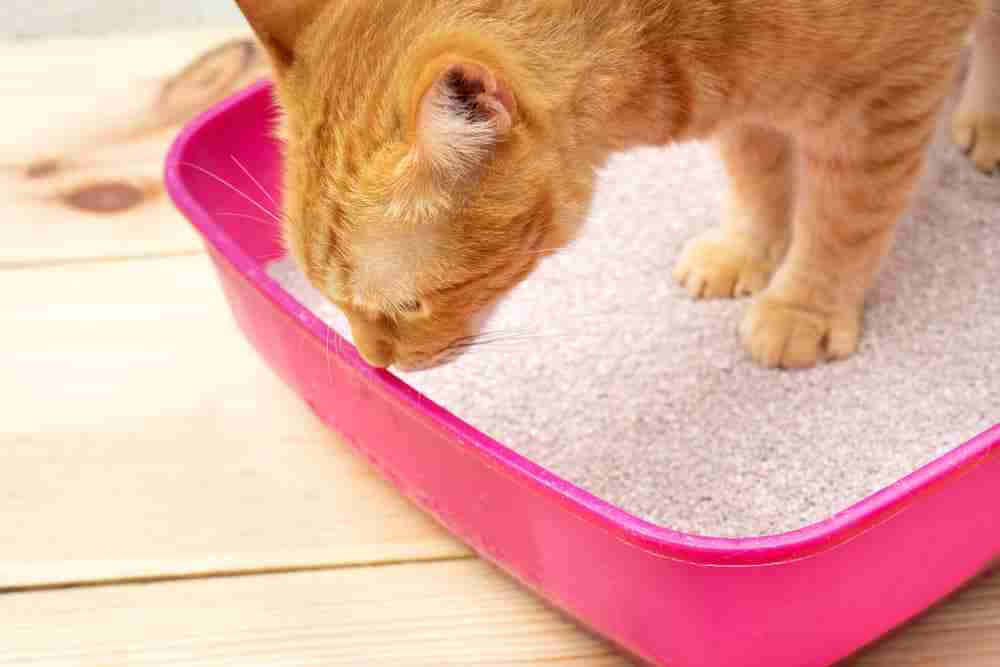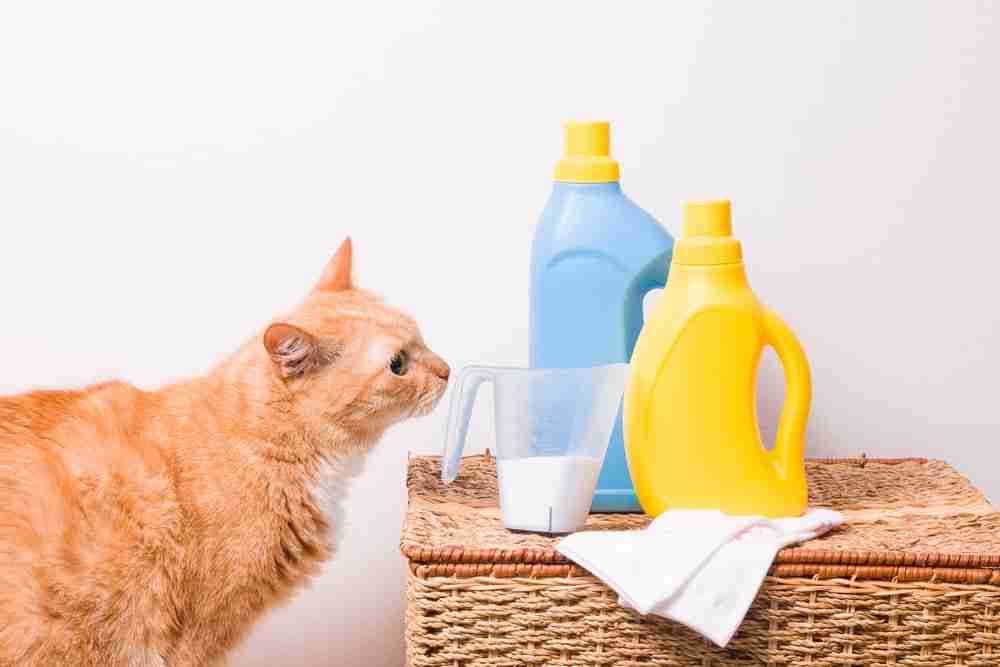Do you need to know how to find cat pee around the house? Find cat pee spots and urine with our tips. Read on for more…
Do you notice that sharp, acidic foul smell in the air? It seems like your kitty decided to go to pee outside their litter box again.
No matter how much you love your cat, every owner hates cleaning up cat pee around the house. It’s not so much the cleaning task itself but finding the spot where your cat did their business.
Cats are clean animals; they’re always grooming themselves. However, they can also leave behind some foul odors if they decide to have an “accident” outside the litter box.
The smell of cat urine is the last thing you need lingering around your home. According to research from the Cornell University College of Veterinary Medicine, there are several reasons why your kitty might adopt this behavior.
If you haven’t neutered or spayed your cat, they’ll likely spray around your home to mark their territory. Urinary tract infections are another common cause of the issue.
Some cats might not like sharing the litter box with your other cats, or they might enjoy hanging out in the litterbox and doing their business around your home.
Whatever the reason for cats deciding to spray around the house, you need to find the source of the smell and remove the odor. Unless you’re a crazy cat lady that doesn’t care about health or hygiene, no one wants their house stinking of cat urine.
How To Find Cat Pee
If you arrive home from work to find your home smelling of kitty, start by cleaning their litter box. After refreshing the litter box, take a walk around your home. If you still smell cat pee, then you’ll have to go on the hunt for the source.
Sometimes you can find cat urine by sniffing out where your cat did their business. Check the pots and planters around your home. The soil makes them popular venues for cats to use as the bathroom.
Check the obvious spots around your home first. Cats often like to pee in corners or on carpets, and they’ll also pee on your couch or bed if they feel like it.

Sometimes it’s challenging finding cat pee, especially if they spray on vertical surfaces like the back of your furniture or the wall. Typically, you will see a stain on the wall, and you’ll find it, but that depends on the paint color.
If you nail down the source of the smell to a cushion on the couch, that’s probably the source. Remove the cover and wash it thoroughly to remove the scent.
Hopefully, the pee didn’t penetrate the cushion, and you don’t have to replace it. Cat owners should consider spraying their furniture with 3M waterproofing spray. This strategy prevents the penetration of urine into the couch cushions.
It’s the same for your bed. Make sure you have a waterproof cover on your mattress to prevent liquids from seeping into the mattress fibers if your cat decides to go to the bathroom.
Look For Cat Pee Stains
If you have lighter carpets and furniture, finding cat stains is easy. They’ll stick out like a sore thumb, even when they dry.
The minerals and salts in the urine leave a slight residue behind after drying that’s easy to identify. It’s the same for your walls; lighter paintwork exposes the urine more than dark paint on your walls.
In many cases, cats mark in the same spot. Therefore, if you’re having a problem with cats peeing in your home, it should show up in the same areas again and again.
Check Under Everything
Have you combed through your house, but the smell is still there? Chances are, your cat did its business under the couch or bed.
Check under everything in the house where there’s a potential crawlspace for your cat. Under the washer or dryer and behind the baseboard heaters are common areas to find cat urine.
Make sure you go through any piles of laundry and check any bags where your cat might crawl inside.
It also pays to check your cat’s favorite hiding places around your home. Look for any pots or furniture knocked over by your cat. Cats often tip something over to cover their pee.
Use A Pet Urine Detector
This device is the best option for finding cat pee. The urine detector uses a blacklight to expose the minerals and salts in your cat’s urine.
If you run the light over a surface, cat urine stands out in a bright fluorescent color that’s hard to miss. For best results, we recommend conducting your search when it starts getting dark, and there’s low light in your home.
Unfortunately, the light only works on dry stains, and fresh urine won’t respond as the minerals and salts will not reflect when suspended in the fresh urine.

How Do I Clean Up Cat Pee?
If your super-sleuth skills lead you to the source of the cat pee, it’s time to break out the cleaning materials to remove the smell.
According to the Humane Society of the United States, you can use paper towels to soak up fresh urine. This tactic won’t remove all the urine, but you get the bulk absorbed into the paper towels.
If your cat decides to pee on linens or clothes, make sure you wash them immediately. If the cat urinates on the wall, wipe it down with a cloth, and check the base around the wall for urine.
Wash Your Linens
When you’re attempting to find the source of the smell, start with the obvious places first. Cats love playing in the laundry hamper and piles of clothes or linen you leave on the floor.
If your cat is dealing with a digestive issue or urinary tract infection, it’s common for them to pee outside of the litter box.
They might feel that the linens offer them a more comfortable space than the rough litter in their box.
Typically, the most comfortable places in your home are on the couch, bed, on top of pillows, or in piles of linen.
If you can’t find the source of the odor, we recommend stripping all the linen from your bed. Throw it in the wash with your laundry, and chances are you’ll get the smell.

Avoid Steam Cleaning
Some homeowners might decide to use the wet/dry vacuum to get rid of the cat smell. It’s an efficient way to deep-clean your carpets if your cat decides to use them as their bathroom.
However, we recommend avoiding the use of a steam cleaner. The intense heat could cause the urine’s minerals to set in the carpet fibers, entrenching the smell in your home.
Use A Natural Freshener
Add two teaspoons of baking soda to some fresh water and add it to a spray bottle. After soaking up the urine or cleaning it with the wet/dry vac, spray down the affected area with the solution.
The baking soda absorbs the smell, restoring a fresh scent to your home. Baking soda also acts as a great absorbent for fresh cat urine.
Sprinkle a few tablespoons over your carpet, and come back with the vacuum cleaner 30-minutes later.
The baking soda will absorb most of the cat pee, and it will vacuum right up, removing the smell. Remember to treat the affected area with your spray after cleaning.
Prevent Future Peeing
Some cats have the occasional accident around the home, while others make a habit out of peeing everywhere except in their litter box.
Follow these ideas for training your cat to pee in their litter box or outside.
- Retrain your kitty to use the litter box.
- Lay down newspaper and other absorbents in areas they like to pee.
- Neuter or spay the cat.
- Clean out the litter box regularly.
